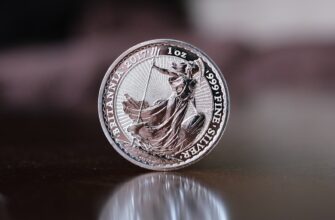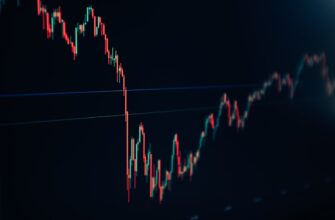- What Is Bitcoin Halving?
- A Timeline of Bitcoin Halving Events
- 1. The First Halving (November 28, 2012)
- 2. The Second Halving (July 9, 2016)
- 3. The Third Halving (May 11, 2020)
- 4. The Next Halving (Expected April 2024)
- Why Bitcoin Halving Matters
- Bitcoin Halving FAQ
- How Does Halving Affect Bitcoin’s Price?
- What Happens When All 21 Million Bitcoins Are Mined?
- Does Halving Impact Bitcoin’s Energy Consumption?
- Should Investors Buy Bitcoin Before a Halving?
What Is Bitcoin Halving?
Bitcoin halving is a pre-programmed event that reduces the reward miners receive for validating transactions by 50%. Occurring approximately every four years (or every 210,000 blocks), this mechanism ensures Bitcoin’s scarcity by slowing the rate of new supply. With a maximum cap of 21 million coins, halvings play a critical role in Bitcoin’s deflationary design.
A Timeline of Bitcoin Halving Events
1. The First Halving (November 28, 2012)
- Block Reward: Reduced from 50 BTC to 25 BTC.
- Price Impact: Bitcoin rose from $12 to over $1,000 within a year.
- Significance: Proved the viability of Bitcoin’s economic model.
2. The Second Halving (July 9, 2016)
- Block Reward: Dropped from 25 BTC to 12.5 BTC.
- Price Impact: Surged from $650 to $20,000 by late 2017.
- Market Shift: Sparked mainstream interest and institutional investment.
3. The Third Halving (May 11, 2020)
- Block Reward: Fell from 12.5 BTC to 6.25 BTC.
- Price Impact: Climbed from $8,000 to an all-time high of $69,000 in 2021.
- Trend: Strengthened Bitcoin’s reputation as “digital gold.”
4. The Next Halving (Expected April 2024)
- Block Reward: Will decrease from 6.25 BTC to 3.125 BTC.
- Predictions: Analysts anticipate heightened volatility and potential long-term price growth.
Why Bitcoin Halving Matters
- Scarcity: Mimics precious metals like gold, enhancing store-of-value appeal.
- Miner Economics: Forces efficiency improvements as rewards shrink.
- Investor Sentiment: Often triggers bullish cycles due to reduced selling pressure from miners.
Bitcoin Halving FAQ
How Does Halving Affect Bitcoin’s Price?
Halvings reduce new supply, creating upward price pressure if demand remains steady or grows. Historical data shows significant rallies post-halving, though external factors like regulations also play a role.
What Happens When All 21 Million Bitcoins Are Mined?
Around 2140, miners will rely solely on transaction fees. This transition aims to maintain network security without inflationary rewards.
Does Halving Impact Bitcoin’s Energy Consumption?
Yes. Lower rewards may push inefficient miners offline, potentially reducing energy use. However, rising BTC prices could incentivize more mining activity.
Should Investors Buy Bitcoin Before a Halving?
While past performance isn’t indicative of future results, some investors view pre-halving periods as accumulation opportunities. Always assess risk tolerance and market conditions.








